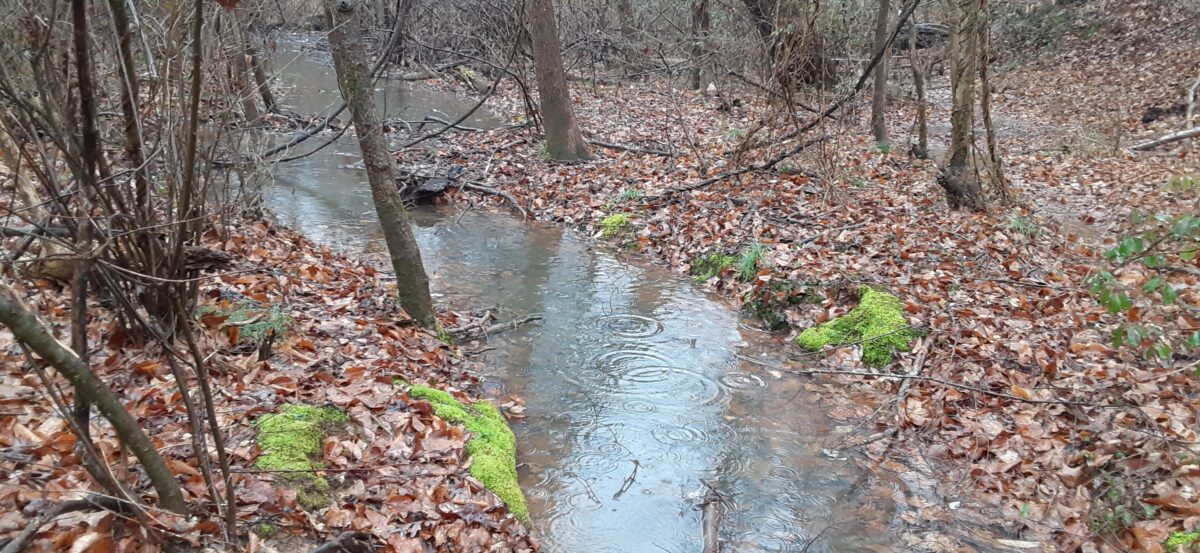During the dead of winter, all the leaves that once clung to the tree now cover the ground. The fallen leaves create a slippery layer. Sometimes if the temperature is below freezing, the leaves become frozen. You’ll hear crunch, crunch, crunch with each step. Bending down to investigate what you had just broken, you will see small white ice crystals that have formed underneath. However, in the areas with long direct sunlight, the ice is melted into a shallow puddle. Be careful so you don’t slip. It takes about 6 to 12 months for the leaves to decompose and return to the soil. This is why if you dig into the dirt, you may still find leaves in the process of decaying. Microorganisms that eat away at the leaves to break them down, require a humid environment which isn’t available during the winter. Most everything feels like it’s on pause. The woods are quiet and still. Mammals are hibernating, a lot of insects are dead but crows are everywhere. Giant black birds speaking loudly to each other, walking and flying around all over the place. Crows are one of the most intelligent birds on Earth. Don’t get on their bad side because they can remember your face. They might even gossip about you to each other. They thrive in the cities because they’re not picky about what they eat which explains why they’re thriving on the Guilford College campus.
If it does snow, like it did briefly a couple times this year, the snow will melt on the pavement but it sticks around under the shade of the trees for a little while longer. The snow lingers and is enjoyed by the few people who dare enter the woods on a cold winter day. The temperature drops dramatically after the sunsets which is as early as 5 o’clock. Overnight, the small pools of water freeze if it gets cold enough. Without getting below freezing temperatures very often this year, the ground becomes muddy from the cold rain. The woods are very swampy in general but especially during the wet seasons. Thin rivulets become wide streams that are difficult to cross. The walking paths become muddy streams as well, so don’t forget your boots.
The woods (Greensboro) is located in the Cape Fear watershed. The streams in the woods flow into Horsepen Creek. The Horsepen Creek has been identified as an impaired stream by the State of North Carolina. An impaired stream is one that has been identified as having water quality concerns and can no longer support their intended uses. Developments such as roads, parking lots and buildings which have been built along the streams that contaminate the water supply. The small lake that sits along the edge of the woods made by damming a small stream in the 1950’s and was intended for recreational use. The water quality in the lake is lower than the streams following it. This could be due to runoff from the athletic fields and Friendly Avenue. The school does not allow people to use the lake for recreational purposes these days but is still visited by many, but not as many in the winter. Humans are hibernating just like the rest of the woods.
